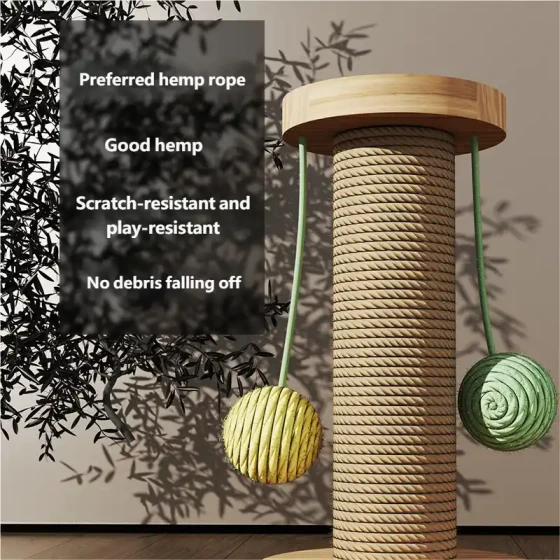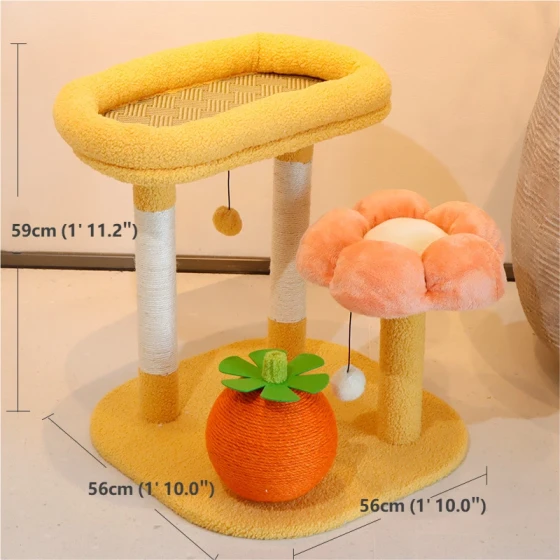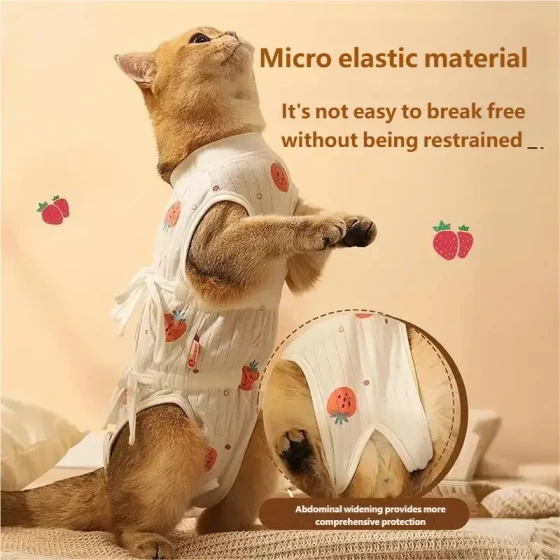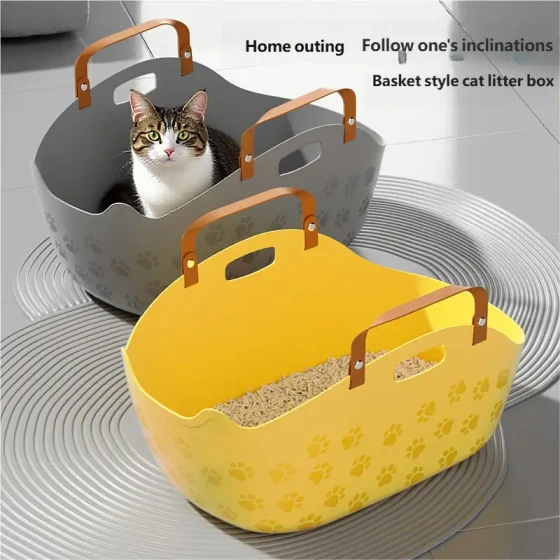Female Cat Jumps on Bed After Spaying_Postoperative Activity Precautions and Safety Advice
After spaying, vigorous activities like jumping may adversely affect wound healing, even causing wound rupture, bleeding, or infection. Therefore, it is crucial to restrict the activity range of the female cat and avoid jumping behaviors during the postoperative recovery period. Generally, activity should be limited for at least two weeks after spaying, with the exact recovery time depending on the individual cat’s condition and the veterinarian’s advice.
Recovery and Activity Restrictions After Female Cat Spaying
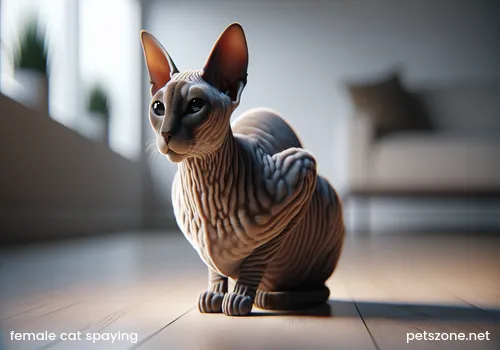
Female cat spaying, medically known as ovariohysterectomy, is a surgery to remove the cat’s ovaries and uterus. Although it is a common pet surgery, it is an abdominal operation for cats and requires a certain recovery time. Proper postoperative care is essential to ensure the cat’s safe and speedy recovery.
A female cat just out of surgery may appear drowsy, unsteady while walking, sleepy, or have reduced appetite due to residual anesthesia; these are normal. Most cats gradually become alert within 24 hours post-surgery. However, even if the cat seems energetic or tries to resume regular jumping habits, the owner must remain vigilant and restrict its activity.
Why restrict activity?
The spaying incision is usually on the abdomen. Although deep sutures are placed internally and external sutures are used (some absorbable, some requiring removal), vigorous activities like jumping, running, or climbing can stretch the wound, increasing risks of bleeding, swelling, infection, or rupture. Imagine how humans are advised to rest and avoid strenuous activities after abdominal surgery—the same principle applies to cats.
How long to restrict activity?
Generally, veterinarians recommend restricting activity for 10 to 14 days after spaying. This period is critical for wound healing. During this time, it is best to keep the cat in a quiet, safe environment, avoiding jumping and vigorous play.
Some cats may recover faster, and sayings like "well-behaved in three days" exist, but even if the cat appears lively, owners must not be careless. Stitches are typically removed after 8-10 days, but the wound still needs time to fully heal post-removal. Even absorbable sutures require time to be absorbed internally, so activity restriction should continue during this period.
How to Restrict Postoperative Activity of Female Cats
Restricting an active and lively cat from jumping and running is indeed a "sweet trouble." However, by taking some measures, risks can be effectively reduced.
- Create a safe recovery space: Provide the cat with a quiet, warm, dry, and separate area away from other pets and children. This could be a corner of a room or a sufficiently large cage. If using a cage, ensure there is enough space for a cat bed, food and water bowls, and a litter box, but not large enough for the cat to run or jump inside.
- Remove jumping temptations: Temporarily remove or block usual jumping spots, such as windowsills, high furniture, or cat trees. If the cat insists on jumping to certain places, consider building gentle ramps or steps to ease access.
- Use an Elizabeth collar or surgical suit: These are key to preventing licking or scratching of the wound. Though the Elizabeth collar ("cone of shame") may cause discomfort, it effectively protects the wound. Surgical suits are also a good alternative and may be easier for some cats to accept. Female cats usually need to wear these for 7-10 days until the wound heals. If the cat strongly resists the Elizabeth collar, consult a vet for possible alternatives like custom surgical suits.
- Distract the cat: Spend more time gently interacting with the cat during recovery, such as soft petting, grooming, or playing with toys that do not require vigorous movement. Puzzle feeders or treat-dispensing toys are good choices to help expend energy and reduce the desire to jump.
- Closely monitor: Examine the wound daily during recovery for redness, bleeding, discharge, swelling, or rupture signs. Also watch the cat’s general condition, appetite, water intake, and bowel movements. Contact the vet promptly if any abnormalities appear.
What to Do If a Female Cat Jumps on the Bed After Spaying?
If you notice the female cat has jumped on the bed post-surgery, firstly, do not panic. Occasional mild jumps may not cause serious problems but need to be immediately stopped, and measures taken to prevent recurrence.
- Stay calm: Scolding or startling the cat may increase anxiety, which is not conducive to recovery.
- Gently pick up: Carefully carry the cat back to a safe area, supporting its body to avoid pressure on the wound.
- Check the wound: Carefully inspect for bleeding, ruptures, or increased discharge.
- Strengthen activity restrictions: Reassess current restrictions and implement stricter barriers if needed. For example, temporarily block the bed or place obstacles to prevent jumping onto it.
- Consult the veterinarian: If concerned about the jump or if any wound abnormalities are observed, contact the surgery vet immediately, describe the situation, and seek professional advice.
Other Postoperative Recovery Precautions
In addition to activity restriction, there are other important care points after female cat spaying:
- Diet: Appetite may be affected initially. Provide easily digestible, palatable food such as canned food or nutritional paste. Feed small amounts frequently and avoid overfeeding at once. Ensure sufficient fresh drinking water.
- Wound care: Follow the vet’s instructions to regularly check and clean the wound. Keep it dry and clean, avoiding water exposure. The vet may prescribe disinfectant solutions which should be used as directed.
- Medications: The vet usually prescribes pain relief and anti-inflammatory medication. Administer on time and in the correct dose to help relieve pain and prevent infection.
- Bowel movements: Cats may experience delayed defecation within 12-72 hours post-surgery, which is normal. If constipation lasts over three days or urinary difficulties, frequent urination, or urgency occur, promptly seek veterinary care.
- Environmental hygiene: Maintain cleanliness in the cat’s living area, especially the litter box. Dusty litters like bentonite may increase infection risk and can be temporarily switched to tofu or paper-based litters.
Frequently Asked Questions
Q: How long after spaying can a female cat be bathed?
A: Usually it is recommended to wait at least 10-14 days after wound healing and suture removal to bathe, to avoid infection. Before then, if the cat gets dirty, use wet wipes or dry shampoo foam for local cleaning.
Q: Why do female cats become calmer after spaying?
A: Spaying removes the ovaries, lowering hormone levels, reducing behaviors related to heat such as yowling, spraying, or aggression. This stabilizes their temperament and often leads to closer interaction with owners.
Q: Will a female cat gain weight after spaying?
A: Spaying itself does not directly cause weight gain, but metabolism may decrease and activity levels drop, making cats more sedentary. Without diet control, weight gain is possible. Post-spaying diet adjustment, special spay cat food, controlled feeding, and encouraging exercise are important to maintain healthy weight.
Q: What to do if the female cat’s spay wound opens?
A: Contact the vet immediately regardless of wound size. Wound opening may require re-suturing and antibiotics due to infection risk needing professional medical care. Do not treat it yourself or delay veterinary attention.
Q: How long should the Elizabeth collar or surgical suit be worn after spaying?
A: Usually for 7-10 days until initial wound healing. Follow veterinarian’s advice for exact duration. Even if the cat shows discomfort, consistent use is important to protect the wound.
Spaying is an essential measure to protect the health and welfare of female cats, and meticulous postoperative care is equally critical. Although cats may show minor issues during recovery, such as sneaking onto the bed, with patience and careful care, every cat can recover smoothly and continue to enjoy a healthy and happy life. Like raising children, a little more patience and care can ensure the well-being of our furry companions!
-560x560.webp)
